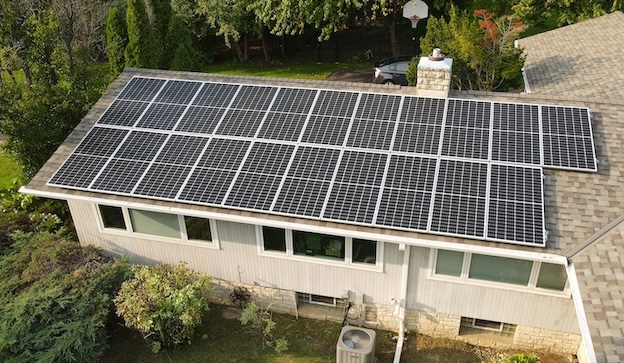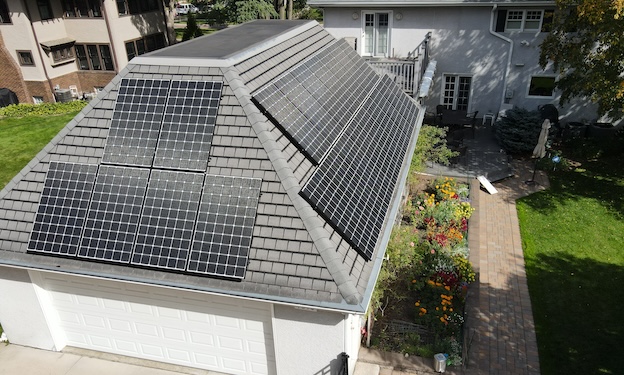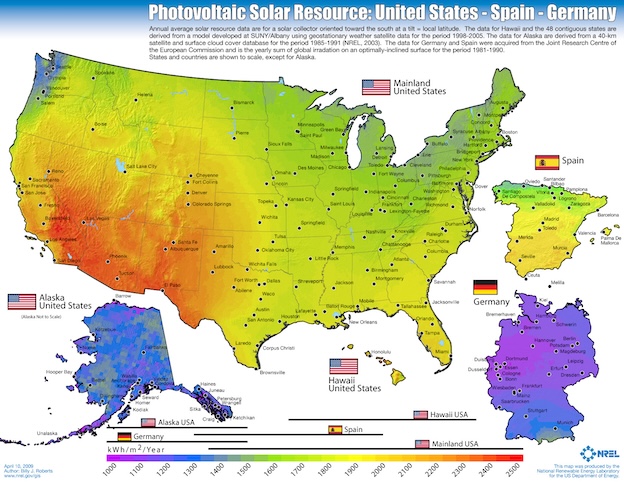
Solar Works in Minnesota
Minnesota homeowners are saving thousands of dollars annually by harnessing the abundant solar energy available throughout our region. Despite our northern latitude, St. Paul receives excellent solar irradiance, making residential solar installations highly effective and financially attractive. Our residential solar systems are designed to maximize your home’s energy production while seamlessly integrating with your existing electrical infrastructure.
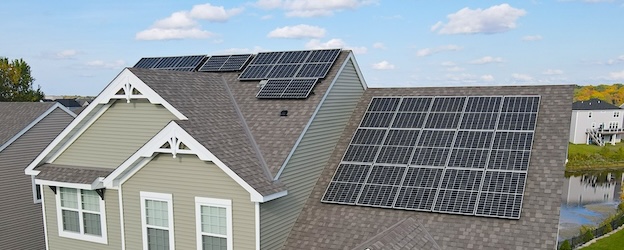
Have your home pay you back
The financial advantages of residential solar are compelling and long-lasting. With current federal tax credits covering 30% of installation costs and Minnesota’s favorable net metering program, homeowners typically see a return on investment within 8-12 years. After that, you’ll enjoy decades of virtually free electricity while your neighbors face ever-increasing utility rates. Additionally, solar installations significantly increase property values, making your home more attractive to future buyers while you enjoy immediate monthly savings.
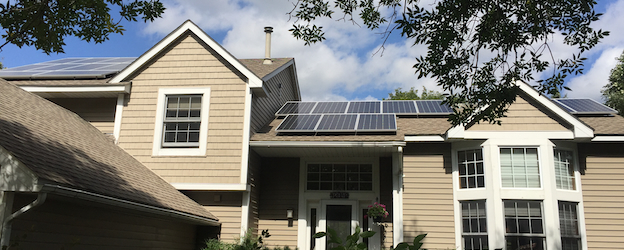
Power Your Home, then sell to the grid
Residential solar provides unmatched energy independence for St. Paul families. When your solar panels generate more electricity than your home consumes, the excess power feeds back into the grid, earning you credits on your utility bill. During peak production months, many of our customers achieve net-zero or even negative electricity bills. This energy independence protects your household from utility rate increases and provides predictable energy costs for decades to come.
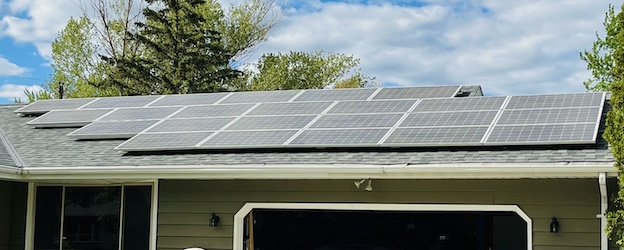
Proven and predictable benefits
Every residential solar installation contributes significantly to environmental protection and Minnesota’s clean energy goals. The average St. Paul Solar home solar PV array:
- eliminates 80,000-100,000 pounds of carbon dioxide
- 25+ year lifespan
- equivalent to planting 2,500 trees
By choosing St. Paul Solar for your residential installation, you’re reducing your carbon footprint, improving local air quality, and helping Minnesota lead the transition to renewable energy.
